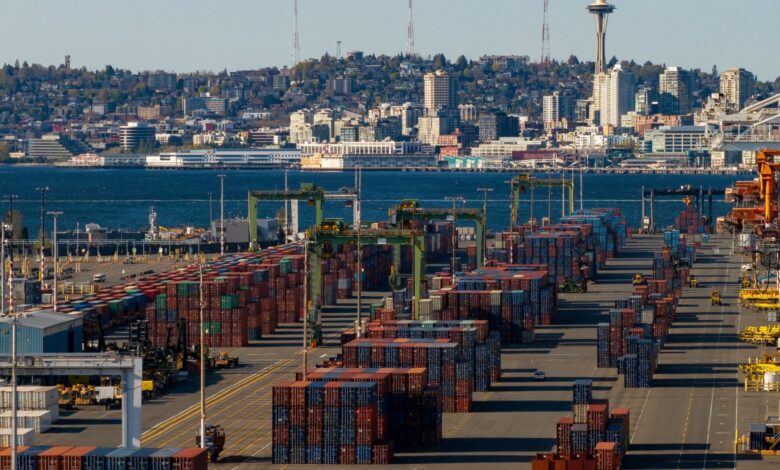Trump tariffs will hurt lower income Americans more than the rich: study

The impact of tariffs imposed by President Donald Trump during his second term is a topic of concern for many economists and analysts. A recent analysis has revealed that these tariffs would disproportionately affect the poorest households in the United States, compared to the richest households, at least in the short term.
Tariffs are essentially taxes that importers pay on foreign goods, which can lead to higher prices for consumers as businesses pass on the additional costs. According to a study conducted by the Institute on Taxation and Economic Policy, if the current tariff policies remain in place, the taxes for the bottom 20% of households would increase about four times more than those in the top 1% by 2026.
In specific terms, households in the bottom 20% with incomes below $29,000 would see a tax increase equal to 6.2% of their income in 2026, while those in the top 1% with incomes over $915,000 would only experience a 1.7% increase relative to their income. This discrepancy highlights the disproportionate burden that tariffs can place on lower-income families.
Economists emphasize the importance of analyzing the financial impact of policies relative to household income, as it directly affects disposable income and overall quality of life. Tariffs essentially act as an indirect tax on Americans, as noted by researchers at the Heritage Foundation, who have highlighted the regressive nature of tariffs, particularly in terms of their impact on essential goods like food and clothing, which make up a larger share of low-income households’ budgets.
There is already evidence that some retailers are raising prices in response to tariffs, further exacerbating the financial strain on consumers. A recent analysis by the Yale Budget Lab also confirmed that Trump’s tariffs are regressive, disproportionately affecting those at the bottom of the income spectrum.
While Treasury Secretary Scott Bessent has suggested that tariffs may result in a one-time price adjustment for consumers, the broader economic agenda includes a forthcoming legislative package of tax cuts aimed at benefiting working Americans. The White House has signaled potential trade deals with certain nations and exemptions for specific products, indicating that current tariff policies may undergo changes in the future.
Overall, the impact of tariffs on households in the United States underscores the complex interplay between trade policies, consumer prices, and income distribution. As policymakers navigate these challenges, it will be crucial to consider the implications for different segments of society and strive for a balanced approach that promotes economic growth and equity.





